There has been a fascinating new discovery that could impact how experts understand the ancient world. Archaeologists in Iowa believe that they have discovered an ancient mastodon skull that dates back to the era when the first humans were roaming the Earth.
This amazing find offers a glimpse into that early period of history; the remarkable discovery could potentially reshape our understanding of human and prehistoric mammal interactions.
What Were Mastodons?
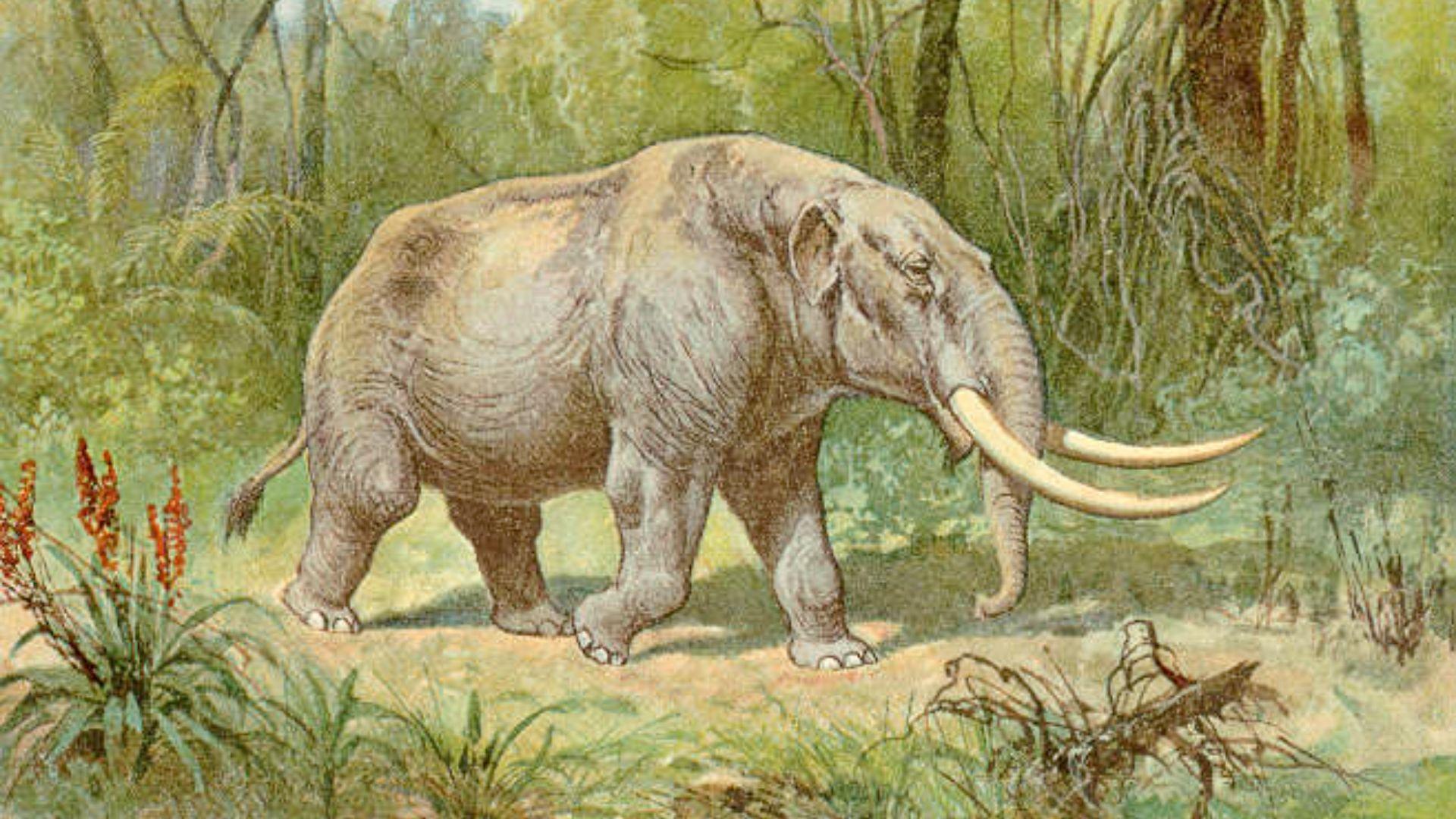
Mastodons were large ancient mammals. They were similar to both elephants and mammoths.
They existed from around 3.5 million years ago until 10,500 years ago. They lived in North America.
Discovering the Mastodon
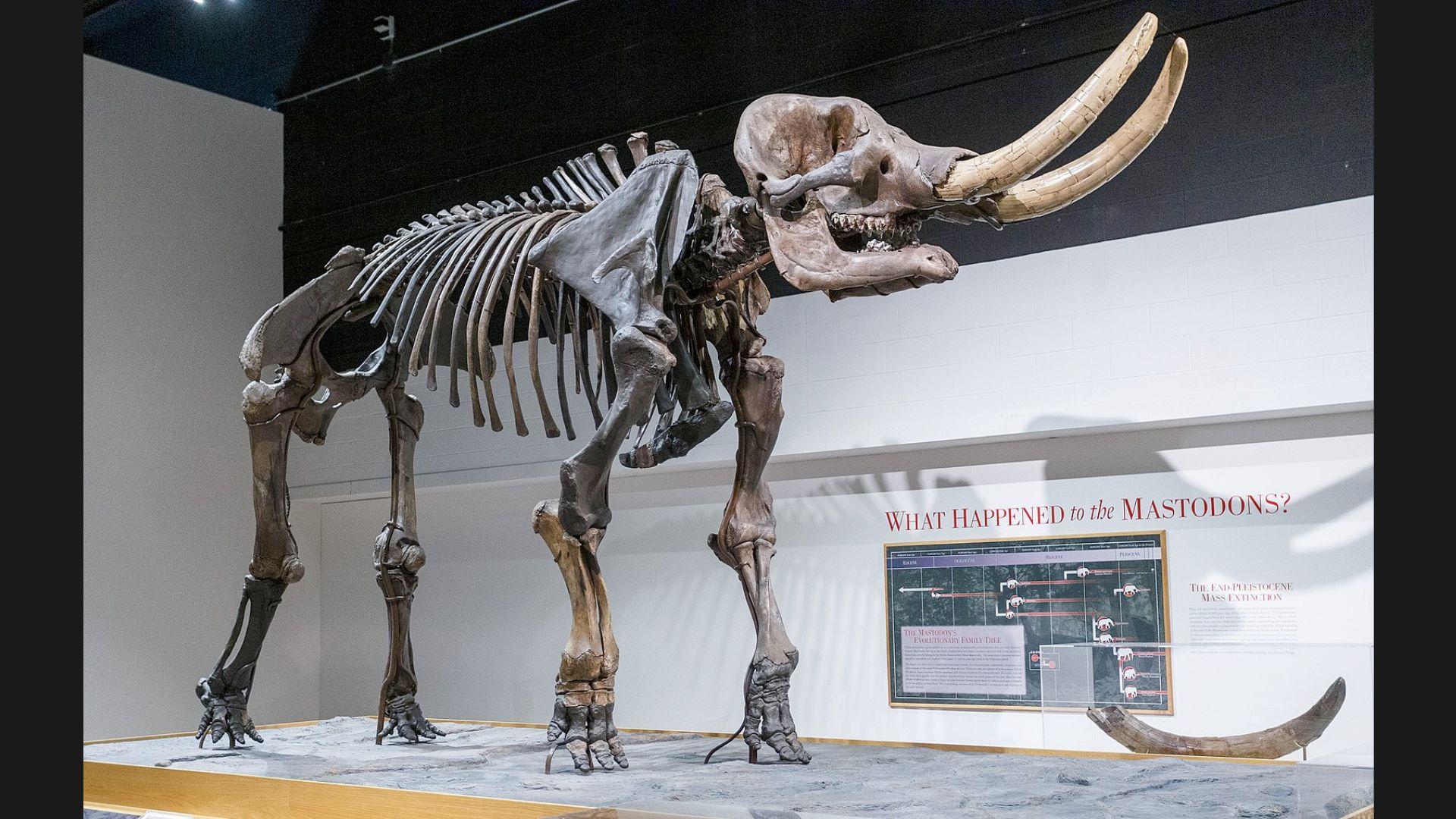
In 2022, a resident of Wayne County, Iowa contacted John Doershuk, Iowa’s state archaeologist. They had discovered an unusually long bone embedded in a creek bed. Doershuk and a group of archaeologists discovered that it was a mastodon femur. Last fall, the group went back to investigate the site further and they also discovered a broken tusk protruding from the ground that they believed was likely still attached to a mastodon’s skull.
The team secured funding to come back and explore the site more. According to the University of Iowa, the team returned this month “to carefully excavate the skull and several additional mastodon bones, likely all from the same animal.”
A 12-Day Excavation
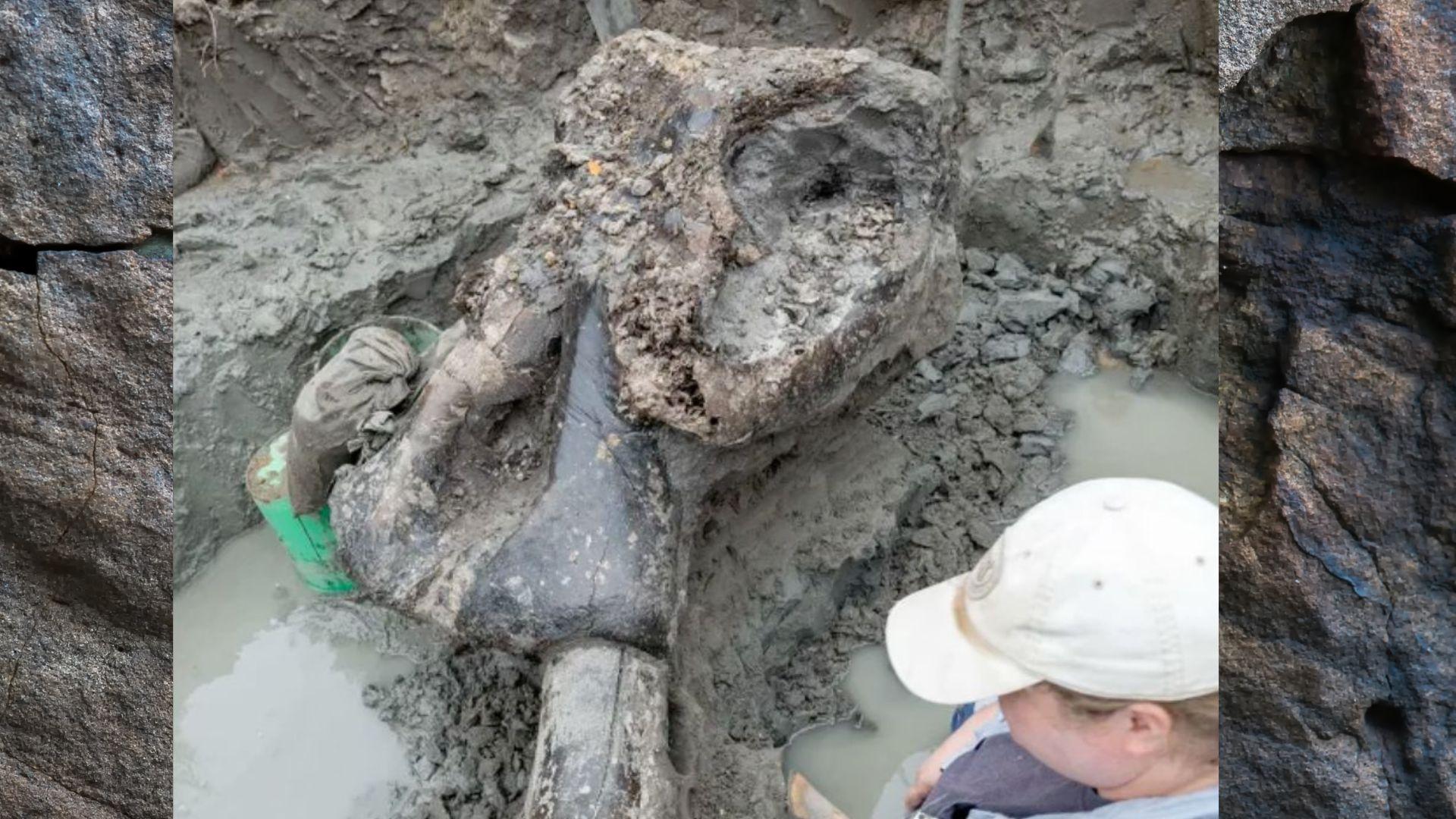
Scientists and local community members recently conducted a 12-day excavation at the site in Iowa. This effort uncovered several mastodon bones, mainly from the skull.
Researchers will next examine the bones for any signs that humans encountered this specific mastodon. The scientists will be looking for evidence to support such an interaction.
When is it From?
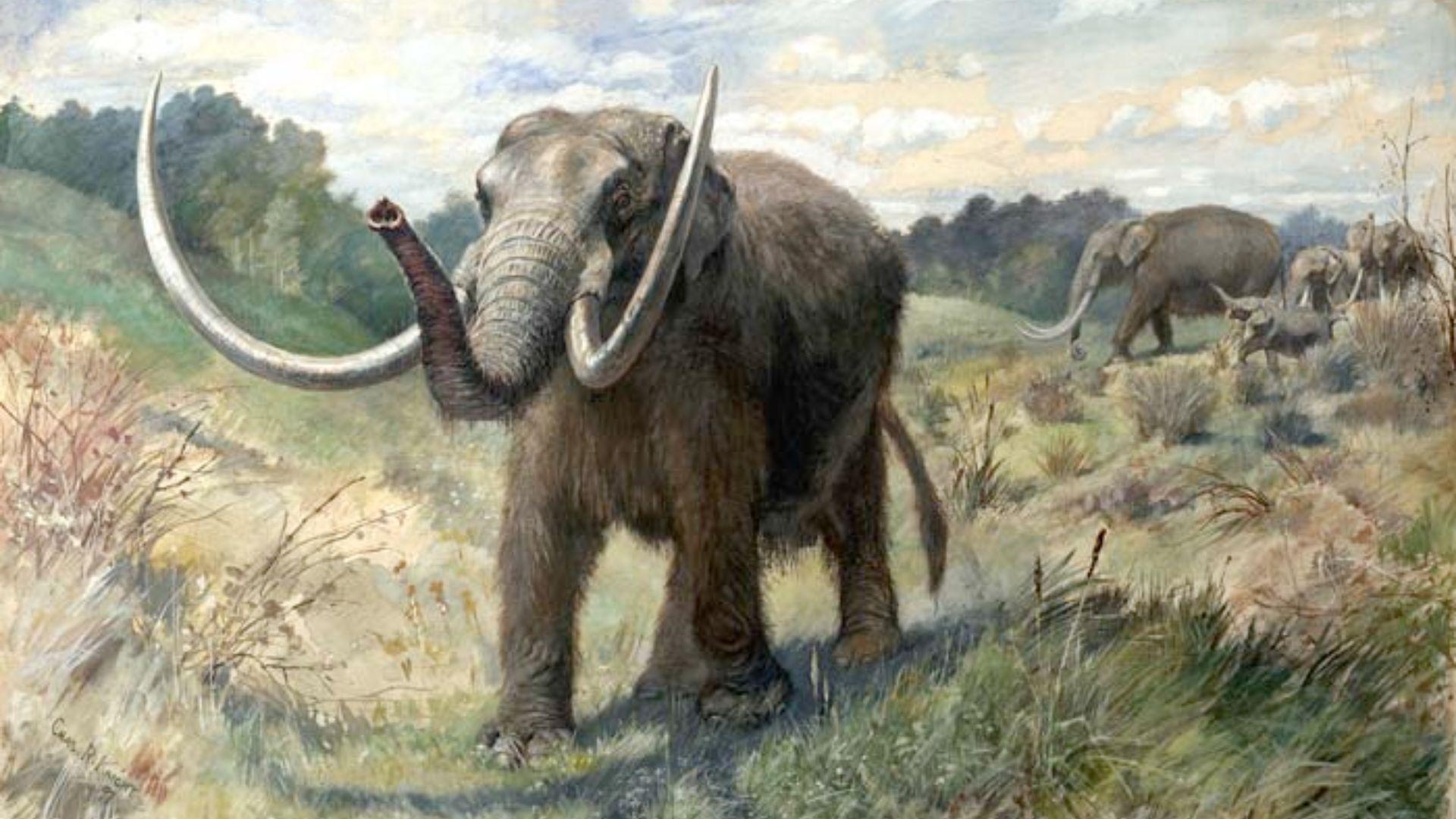
According to the University of Iowa’s Office of the State Archaeologist, the find is Iowa’s first well-preserved mastodon.
Scientists used radiocarbon dating to estimate the age of the mastodon specimen. They discovered it to be about 13,600 years old. This means that the mastodon would have been alive around the same time that the first humans were living in the area.
Finding Human-Made Artifacts

The 12-day excavation also resulted in the discovery of several human-made artifacts, including stone tools.
The discovered tools were determined to be from a few thousand years after the mastodon skull. Still, the team was still excited to find the first evidence of “human existence in the creek drainage.”
Human-Mastodon Interaction
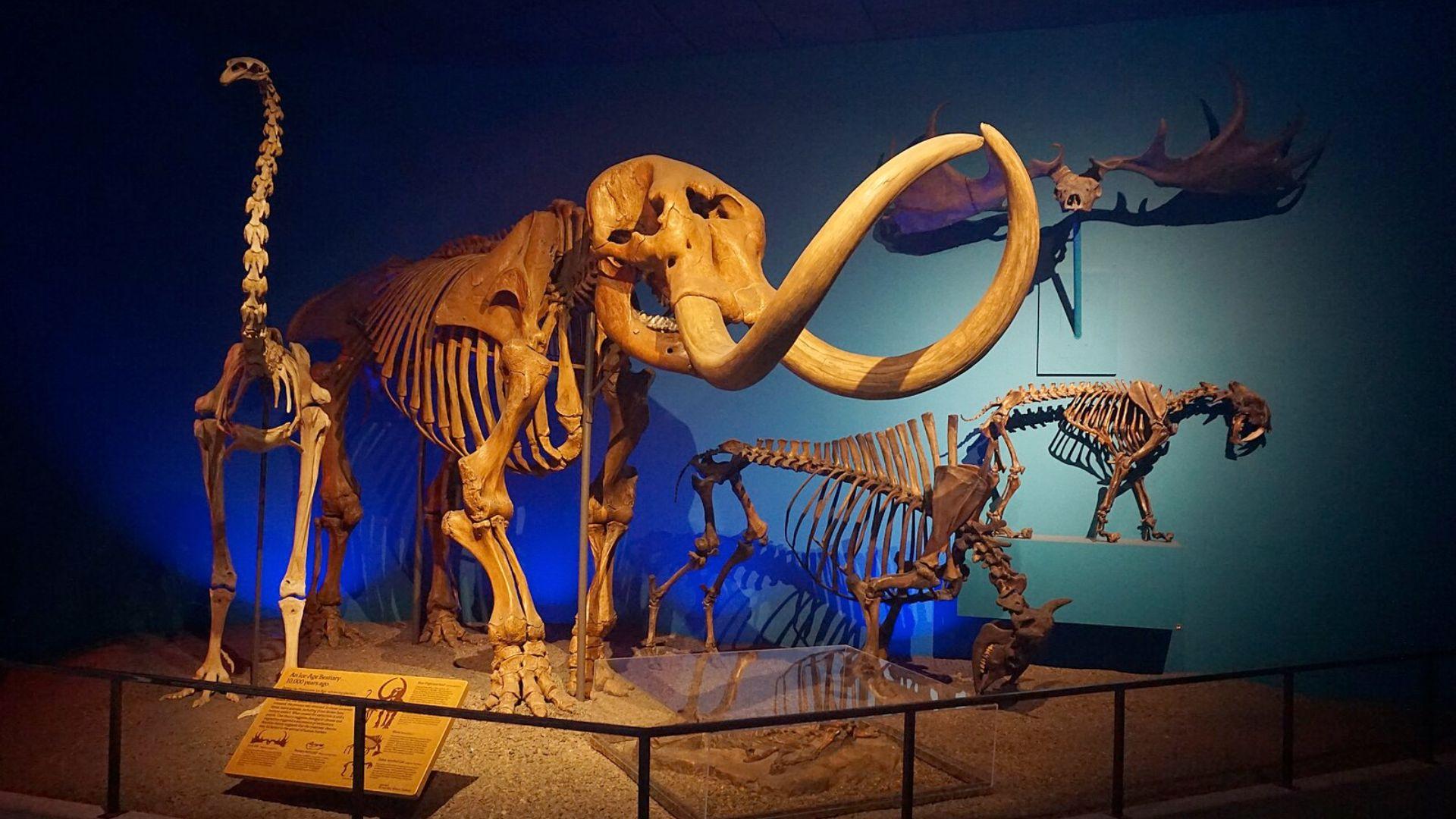
The scientists now hope that further archaeological discoveries, along with detailed documentation of the bones’ orientation and location, could provide evidence of human interaction with the specimen.
Additionally, they hope to discover “how and why the creature came to be deposited in the creek bed.”
Optimism About the New Discovery
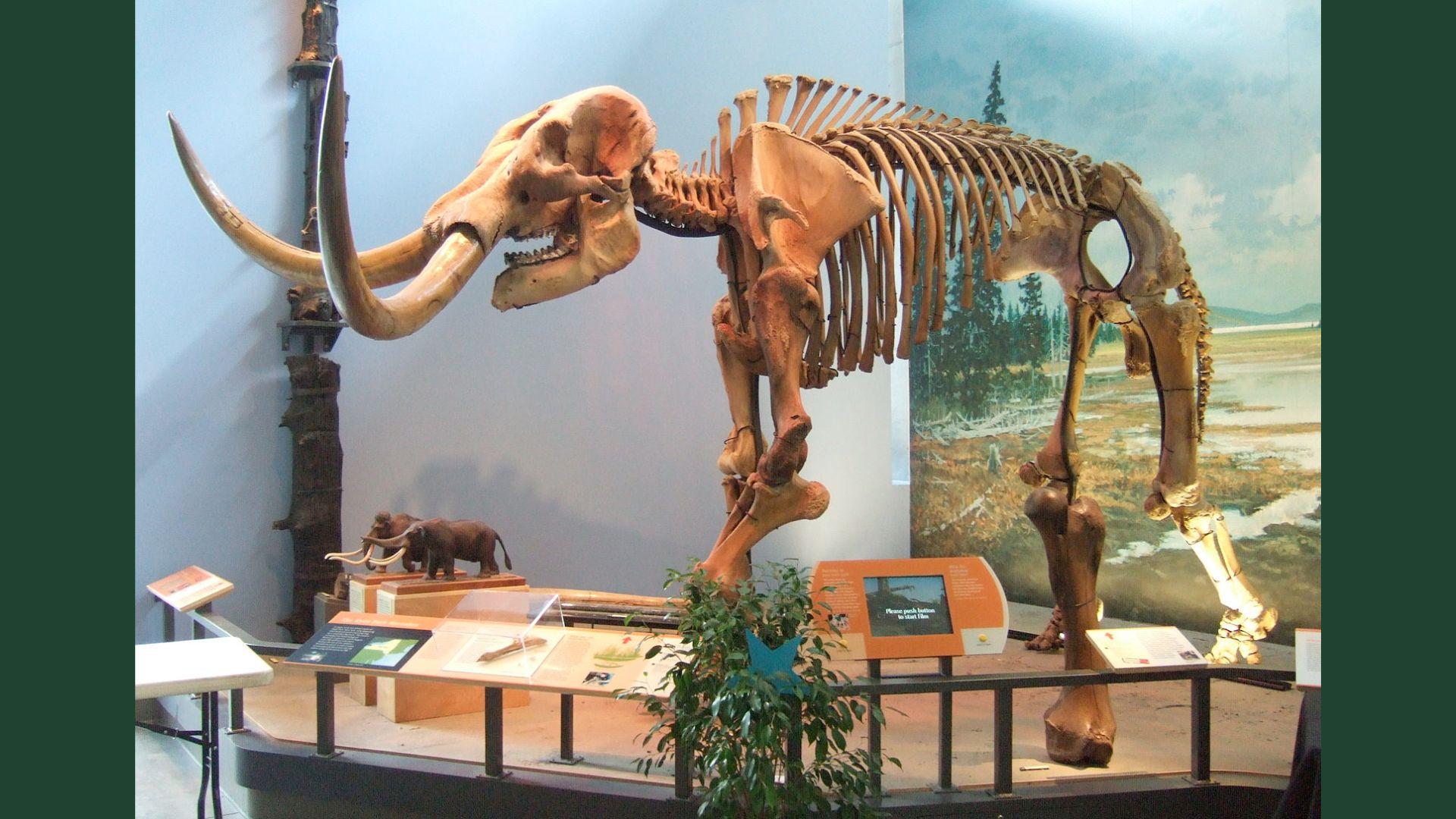
Doershuk expressed optimism about the ongoing research. He explained, “We’re really hoping to find evidence of human interaction with this creature – perhaps the projectile points and knives that were used to kill the animal and do initial butchering.”
He also noted that there is potentially evidence on the bones themselves. “There could be identifiable cut marks,” he added.
Other Recent Fossil Finds
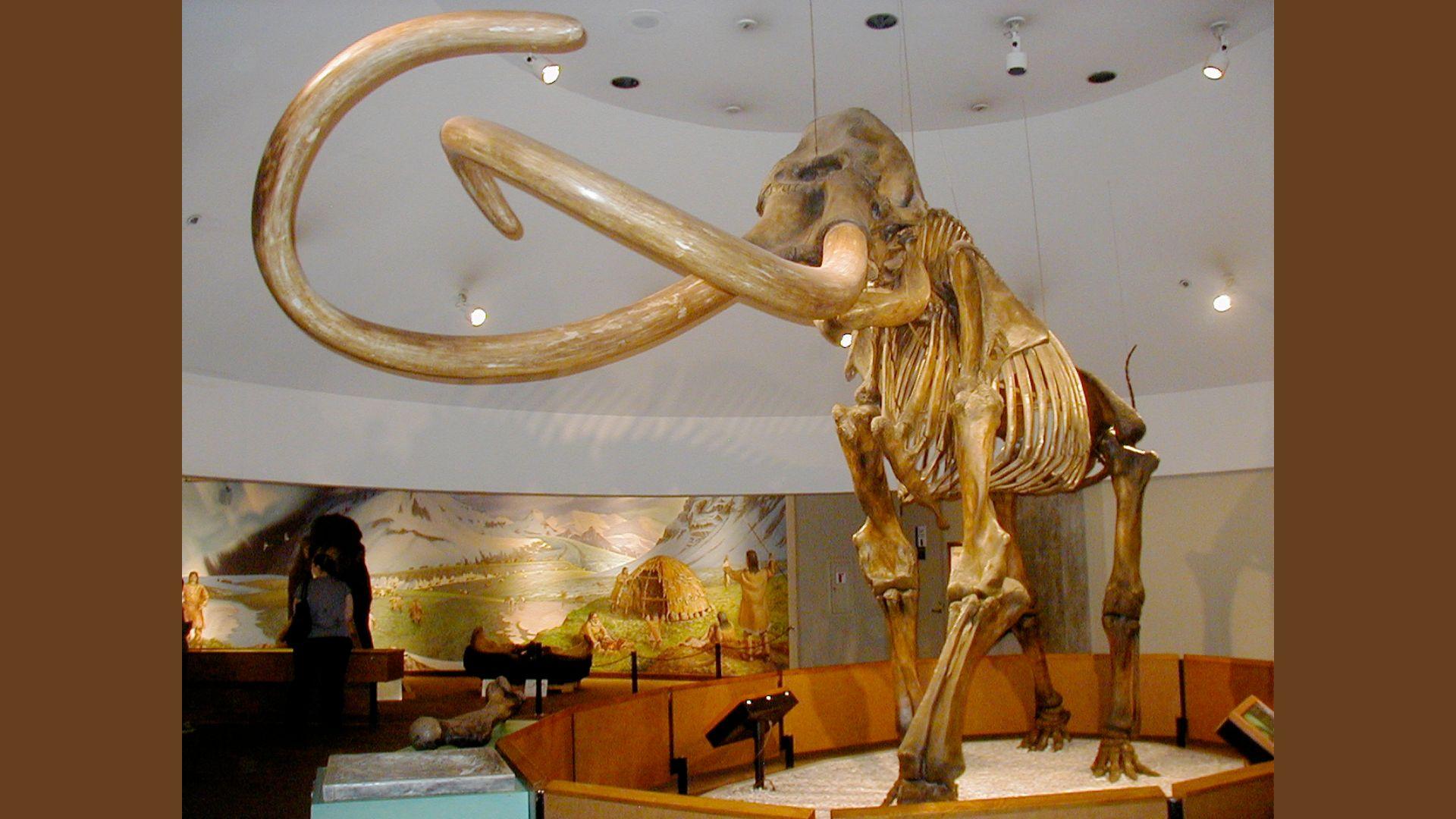
There have been several recent prehistoric finds across the United States. Earlier this month, a man in Mississippi uncovered a mammoth tusk, which is a rare find for the state. Additionally, in May, a Florida man found a 4-foot mastodon tusk at the bottom of the ocean while searching for fossils off the coast of Venice.
In May of 2023, a group of coal miners in North Dakota made a remarkable discovery when they unearthed a 7-foot-long mammoth tusk buried for thousands of years near Beulah, about 80 miles northwest of Bismarck. Following a 12-day excavation, the scientists found more than 20 bones from the North Dakota skeleton, which were identified as one of the most complete mammoth skeletons ever found in the state.
Where to See the Mastodon Fossil
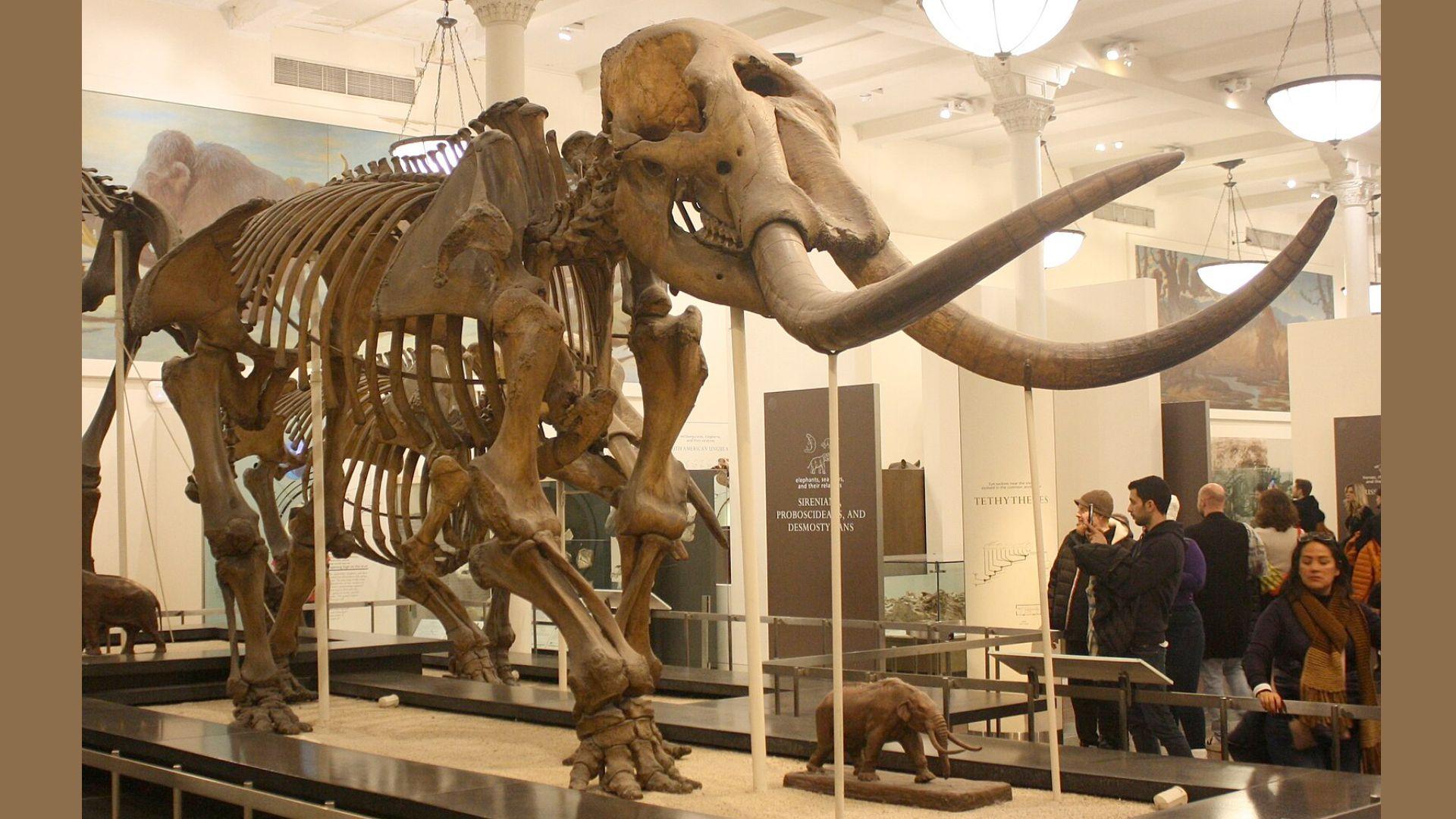
If you would like to see the Iowa mastodon in person, after the scientists at the University of Iowa analyze and preserve the skull and other recovered bones, they are going to become part of a new exhibit at the Prairie Trails Museum in Corydon.
The mastodon skull from Iowa promises to offer new insights into the interactions between early humans and prehistoric mammals. This discovery will contribute to our understanding of ancient history and paleontology.

